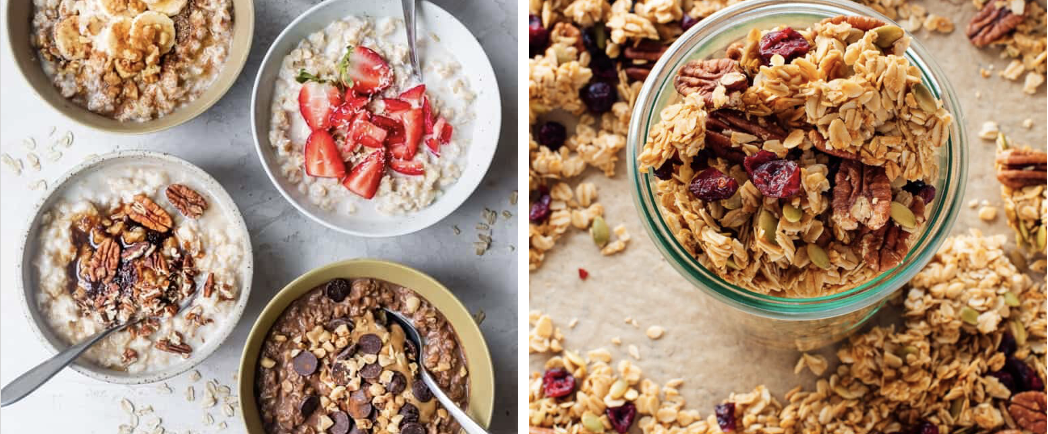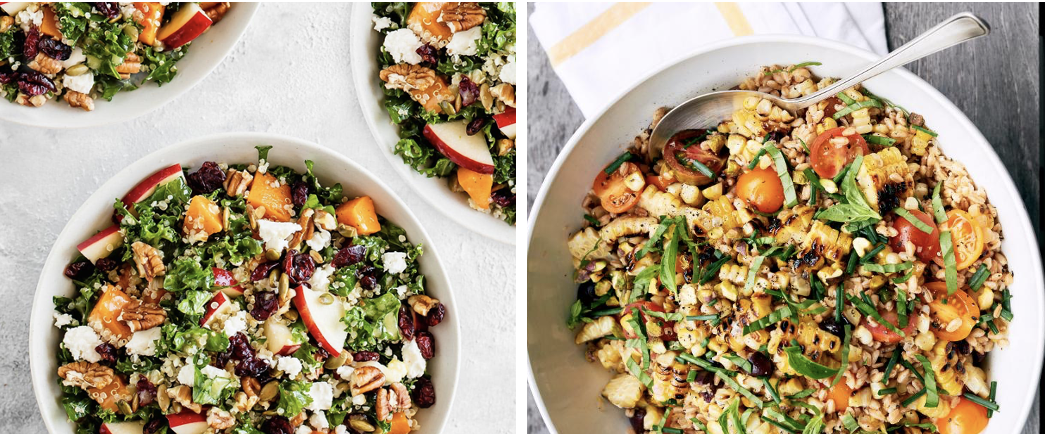Sensory-Friendly Foods & Snacks
Sensory aversions to certain foods are very common, especially among people with ARFID (Avoidant/Restrictive Food Intake Disorder), autism, ADHD, and other sensory processing disorders. The most common sensory aversions to foods are: texture, temperature, smell, visual appearance (including color), and taste. If you have a picky eater, consider what their accepted foods might have in common. While you can sometimes gradually introduce new sense experiences, keep in mind that it can be a long process and won’t happen overnight. You should also be sure to rule out oral motor issues first, especially when it comes to an aversion to a specific texture. For suggestions on introducing new foods into your child’s diet, watch our How to Expand the Diets of Picky Eaters webinar recording.
While all sensory experiences are equally important to consider, this post is going to focus on altering the texture and temperature of similar foods to make them friendly to your child’s sensory preferences. Since introducing a new food sensation can be a long process, use some of these suggestions below to help keep a variety of foods in your child’s diet while honoring their sensory preferences. If you have questions about other meal options for a specific sensory aversion, comment on this post or contact us directly.
Oatmeal vs. Granola: mushy and crunchy textures
Courtesy of Feel Good Foodie & Cookie and Kate
If your child prefers a more mushy texture, try this recipe for a basic oatmeal, and top with fresh fruits of similar texture (like banana and berries), nut butter, and/or melted chocolate chips or Nutella.
If your child prefers something crunchier, try this granola recipe instead. Have as a bowl of cereal with milk, use as a topping for yogurt or smoothies, or have as a snack.
Oatmeal vs. Overnight Oats: hot and cold temperatures
Courtesy of From My Bowl
If your child prefers hot food, try the basic oatmeal mentioned above and top as desired
If your child enjoys the texture of mushy foods, but prefers cold foods, swap out cooked oatmeal and try this overnight oats recipe, skipping the peanuts if the texture is too crunchy. An added bonus is that it’s a great breakfast to fully prep the night before.
Pasta vs. Pasta Salad: hot and cold temperatures
Courtesy of Savory Nothings & Table For Two
If your child prefers warmer foods, try this pasta recipe for dinner one night. Bonus = Pasta can be cooked to their liking. If you want a chewier texture, cook to al dente, or cook a few minutes longer for a softer bite.
If your child likes colder foods instead, opt for this pasta salad recipe or this cold sesame noodle dish.
Toasted vs. Non-toasted Bread: crunchy and mushy textures
If your child prefers crunchy textures, toast bread for sandwiches and snacks like avocado toast. For avocado toast, mash 1/2 an avocado onto a piece of toast, or use rice cake for an even crunchier texture. Then, season with salt and pepper and top with scrambled eggs, tomatoes, grated cheese, and/or everything bagel seasoning.
If mushy textures are more up your alley, try the same snack using non-toasted bread instead and top with soft toppings.
Warm vs. Cold Grain Salad: cold and hot temperatures
Courtesy of As Easy as Apple Pie & Food Network
For children who like cold foods, this grain salad recipe makes a perfect lunch or dinner! Add protein of choice on top. For cold food lovers, make any “warm grain” salad (or anything) in advance with enough time to chill all ingredients before serving.
For those who prefer warmer foods, try this warm grain salad . This recipe uses farro, but you can choose another grain like brown rice or quinoa. Serve immediately to keep cooked ingredients warm.
Chips and Dip vs. Tortillas and Dip: crunchy and mushy textures
Courtesy of Two Peas and Their Pod & Healthy Little Foodies
If your child prefers crunchy snacks, chips and dip is a great and easy snack. Check out our homemade guacamole recipe if you want to use a homemade dip. Use raw veggie sticks in addition to chips to increase their nutrient intake.
If your child would prefer a mushy snack, just swap out the chips for soft tortillas to pair with the guacamole. You may need to spread the dip instead of dipping the tortillas in, and be mindful of your dip ingredients. For example, red onions are crunchy so you probably want to skip those in the guacamole. Use cooked veggie pieces in addition to chips to increase the nutrient content.
Looking for more? Get our guide to sensory exploration in the kitchen.







